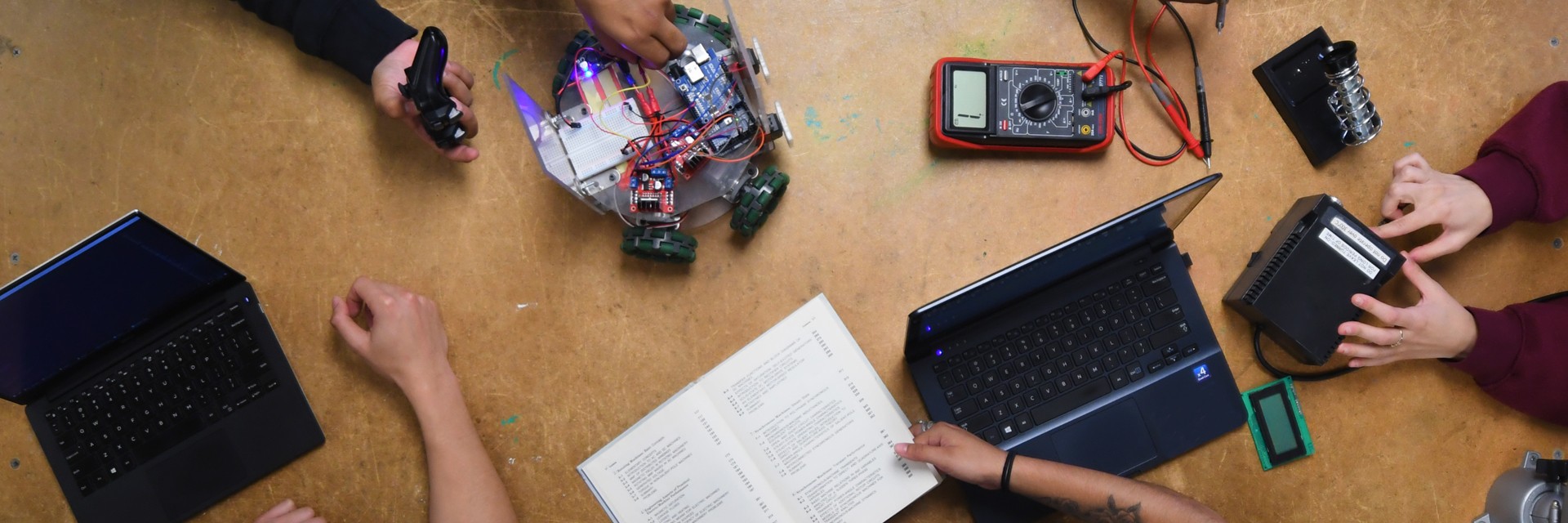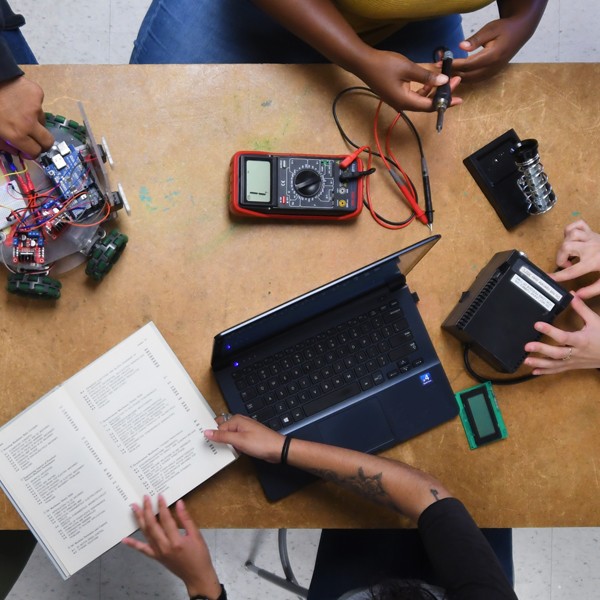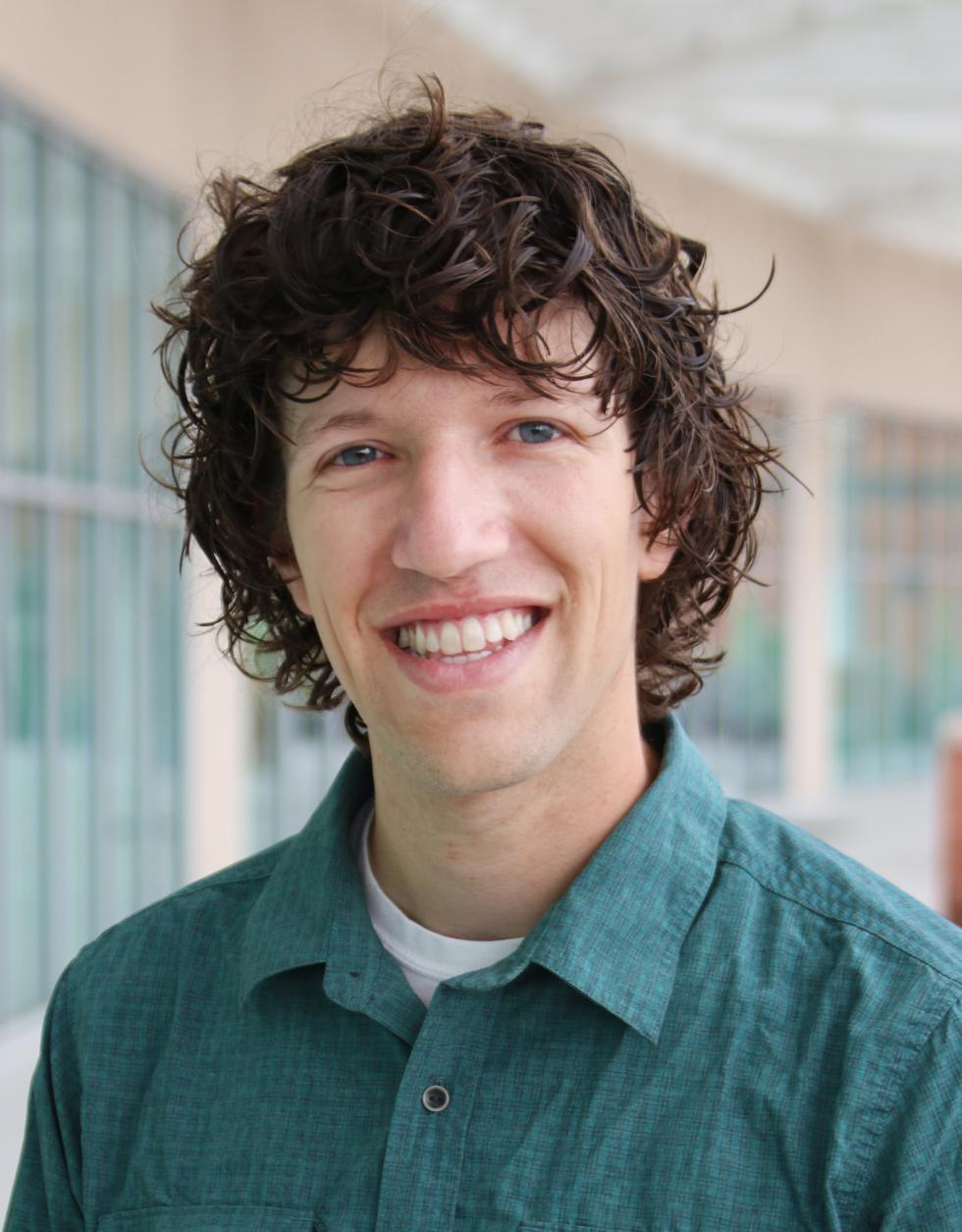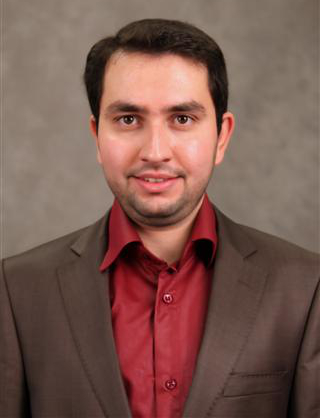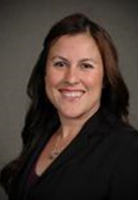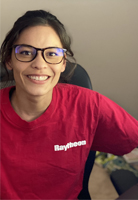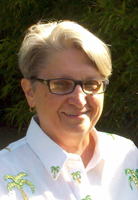THURSDAY, JULY 23, 2020
AEROSPACE AND MANUFACTURING
Engineers across disciplines collaborate to put humans in space and study the universe. During this event, students will learn about the exciting work engineers do in the Aerospace and Manufacturing industry with Cal State LA faculty and industry professionals.
9:00 AM - 10:20 PM
FACULTY SPEAKERS
Jeff Santner, Ph.D.Dr. Santner is an Assistant Professor at the Department of Mechanical Engineering at Cal State LA. His research is in combustion, with a focus on combustion chemistry and flame initiation/propagation. He is currently working on NOx formation, kinetic model reduction, design of optimal experiments, and extraction of reaction rates from literature experiments. |
|
Mohsen Eshraghi, Ph.D.Dr. Eshraghi is an Associate Professor at the Department of Mechanical Engineering at Cal State LA. His research specializations are Materials Science, Manufacturing, Numerical Modeling, Lattice Boltzmann Method. |
|
Yuqing Zhu, Ph.D.Dr. Zhu is an Assistant Professor in the Department of Computer Science, California State University, Los Angeles. He obtained his Ph.D. in Computer Science from the University of Texas at Dallas. His research interests include Graph Neural Networks, Data Mining in Social and Information Networks, and Distributed Systems. |
10:30 AM - 12:00 PM
INDUSTRY SPEAKERS
Monica QuaresmaMonica Quaresma is a Systems Engineering Manager for the Contamination Control and Survivability Test Engineering at Boeing, El Segundo. She has been a Boeing team member for almost 20 years. Her technical expertise is in on-orbit contamination analysis and has provided risk assessments, analysis, and system engineering support for ground and on-orbit contamination and Survivability Engineering for all programs (commercial and government satellite systems, The International Space Station, Commercial Crew program, to name a few). She is responsible for providing Survivability environmental test support for material and unit qualification campaigns.
|
|
Bianca ValdovinosI currently work as a Software Engineer at Raytheon Technologies. I began as an intern there in the Summer of 2019 building code that wipes the memory of classified hardware. In addition to building code, I ran signal integrity tests on this hardware. I graduated from Cal State LA in June with a degree in Electrical Engineering and a specialization in power systems. My senior design project focused on using a computer to recognize objects in images. This process of object recognition uses machine learning. This project piqued my interest in computer engineering and is the reason why I chose to pursue a position as a software engineer. |
|
Natalia CalladoBoeing |
|
Amy RyanMargaret Amy Ryan received a Ph.D. in Physical Chemistry from the University of Massachusetts at Amherst, a B.S. in Chemistry from Metropolitan State College in Denver and an A.B. in History from the University of Chicago. She was a research scientist at the Centre National de la Recherche Scientifique in Bellevue, France, and at the Solar Energy Research Institute (now National Renewable Energy Lab) in Golden, Colorado. Her work in those labs included modification of metal oxide and semiconductor electrodes for photoelectrochemical energy conversion, photoelectrochemical processing of solids, and photochemistry. |
